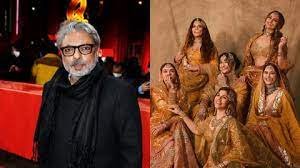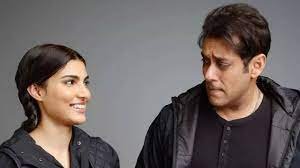The criticism directed at Sanjay Leela Bhansali’s most recent film, Heeramandi, for its historical mistakes has been answered.
The highly regarded director made his OTT platform debut with this Netflix series, which has received mixed reviews from reviewers and viewers alike.
The veracity of its depiction of the 1920s–1940s pre–independence era drew a lot of criticism.
Bhansali recognized the worries in an interview with Baradwaj Rangan, but he defended his artistic decisions.
His filmmaking approach is intrinsically “unsubtle, indelicate, and larger-than-life,” he clarified.
Bhansali emphasized that, as opposed to rigorously sticking to historical accuracy, his goal is on creating an emotionally engaging and visually stunning narrative.
“It was, in my opinion, the most romantic place to be,” he continued. That is the world from which I hail.
“I’ve always gone to see movies in theaters that include pimps and prostitutes.
“That dramatic element and larger-than-life style will always be a part of my films; it’s not delicate or subtle, but it’s genuine.
“Since I work on the visual, it will have the dignity of being told on the screen.”
I’m experiencing a specific time in my life—either from this life or a previous one—so it needs to be worthy of being there.
It is my duty to provide my audience with an experience, and I will offer them everything I have.
“I’m here to make a film, not to make money.” I’m here to provide you an experience.
Sanjay Leela Bhansali has talked about the fact that prostitutes are frequently featured in his productions.
“I feel like they are women with a lot of mystery and enigma,” he remarked.
“The prostitute, the courtesan, and the tawaif are not the same.
However, I always find it fascinating to watch them because they radiate a certain type of authority. I find these women to be really fascinating.
“They dance where they sing. Where they use dance and music to express themselves, both their joy and their pain.
They are aware of the value of architecture, the art of living, the application of cloth, and the types of jewelry they wear. They are knowledgeable in art.
“Who are we? As artists, we are. I still need them, whatever you may name them.
“Those faces used to amaze me when I went to school. I’m not interested in those four middle-class women waiting in line for food.




